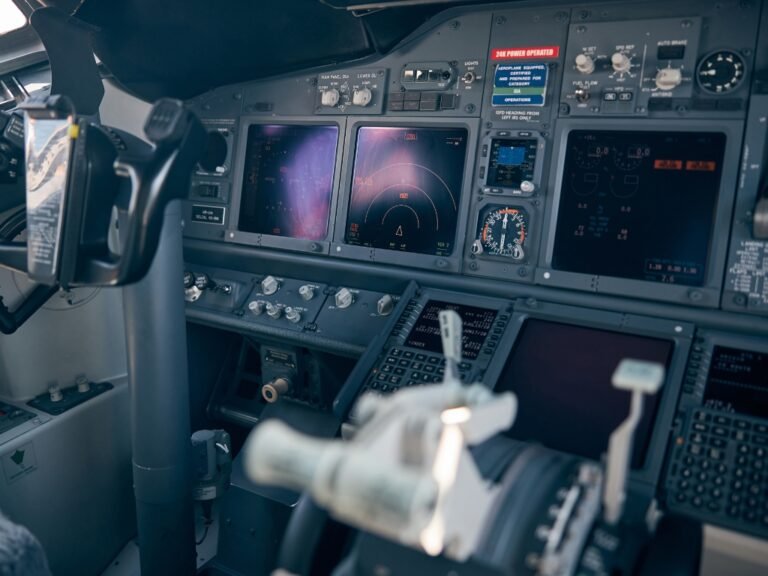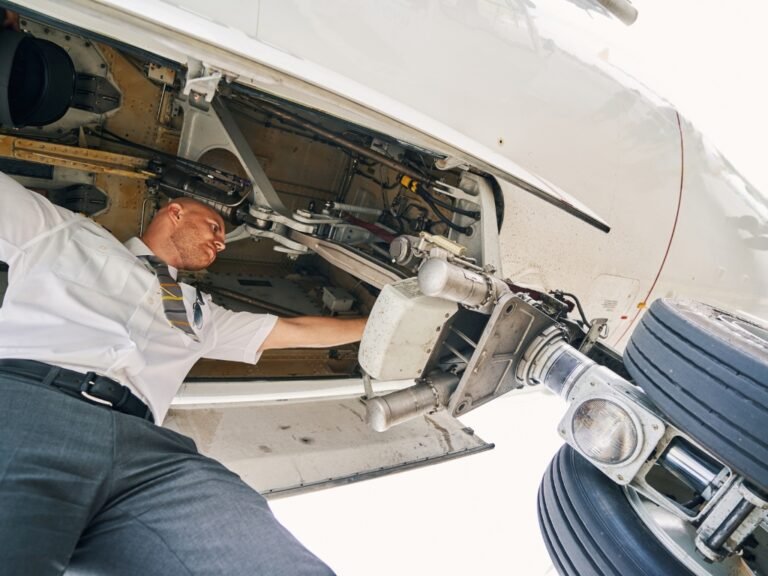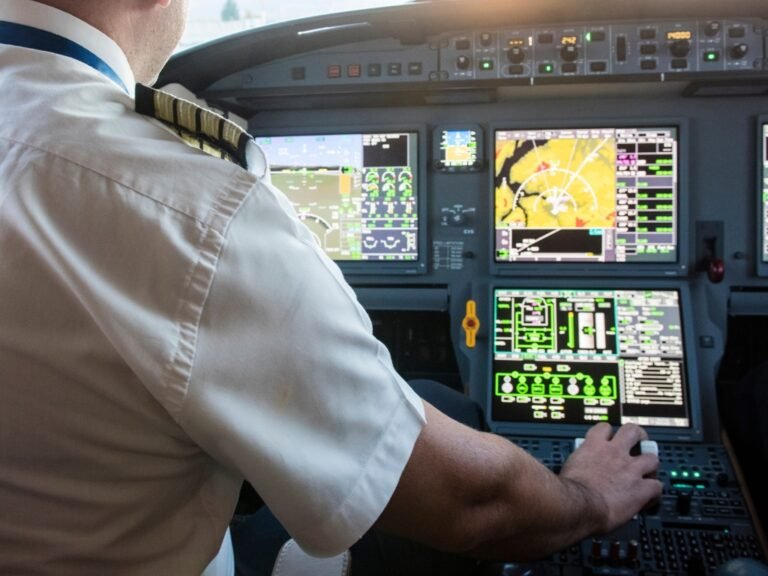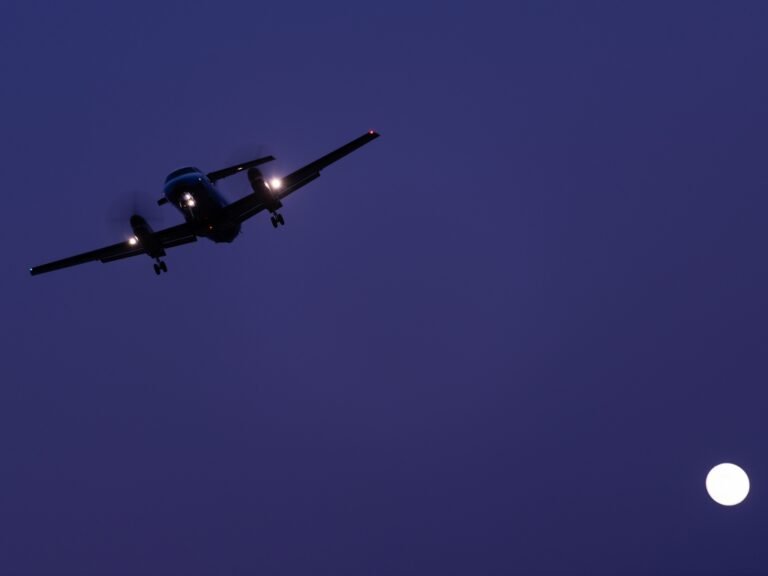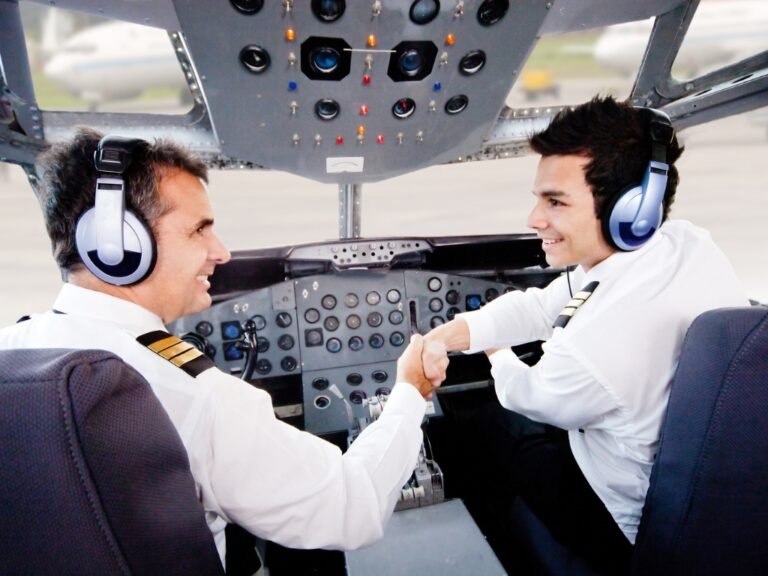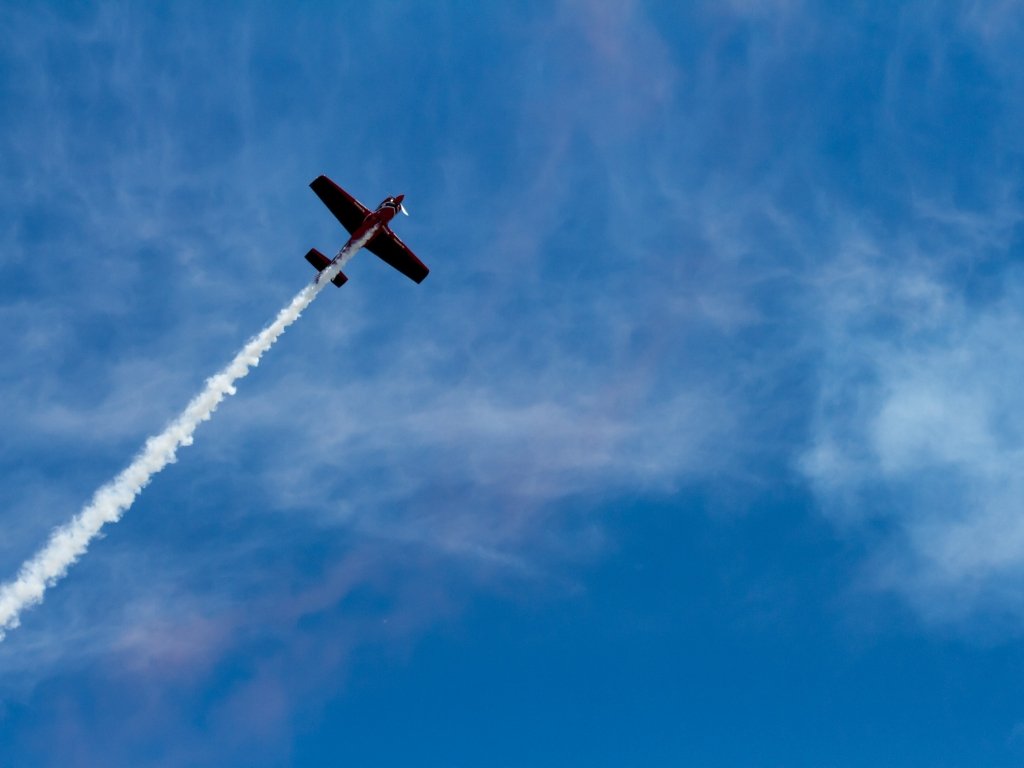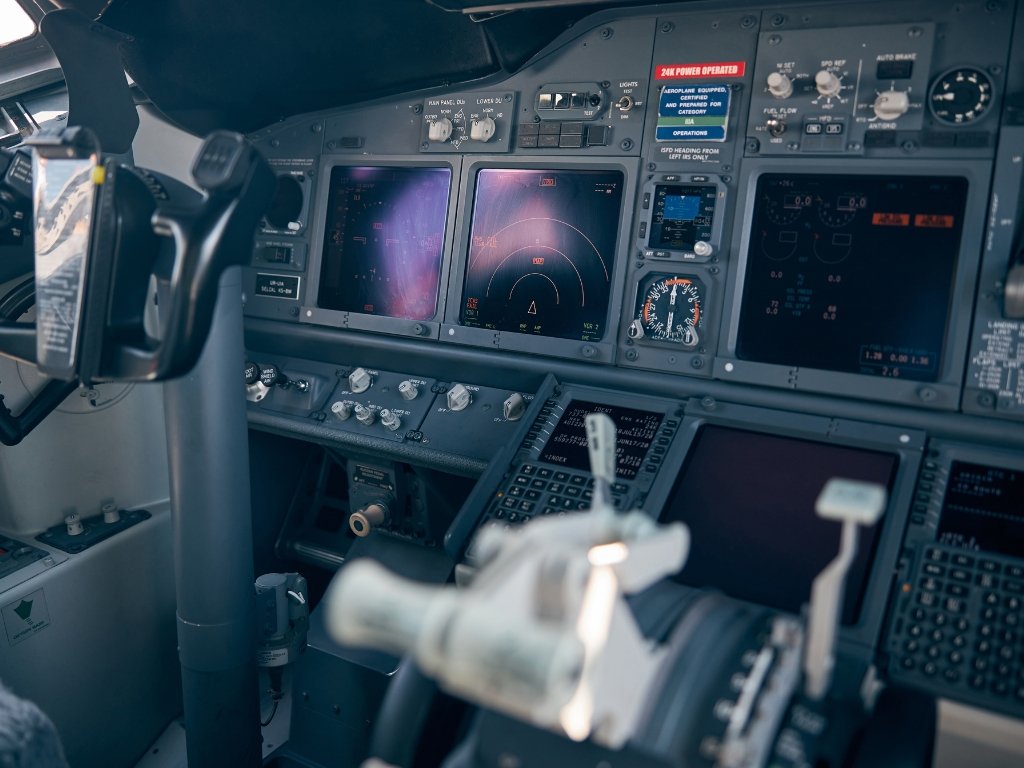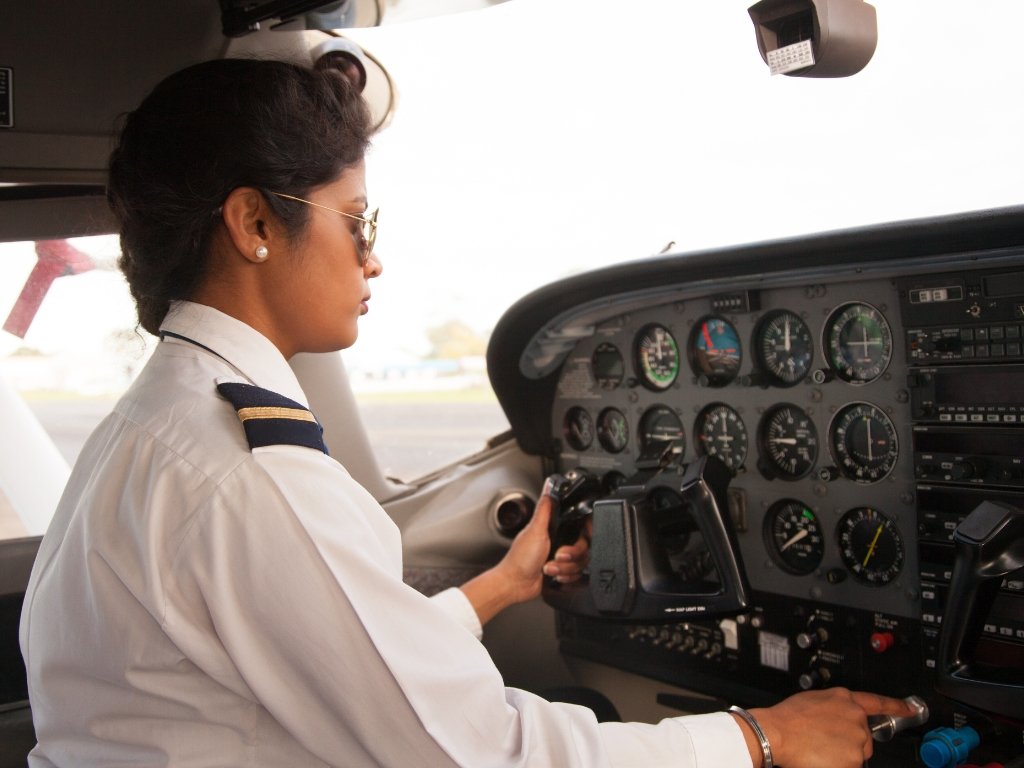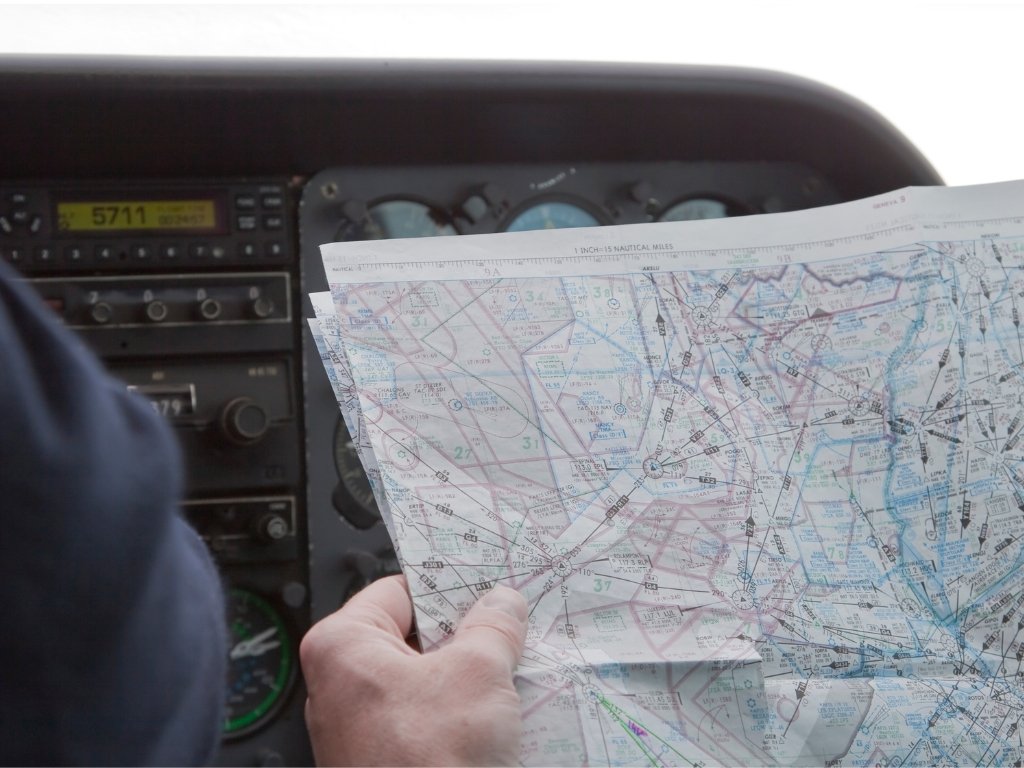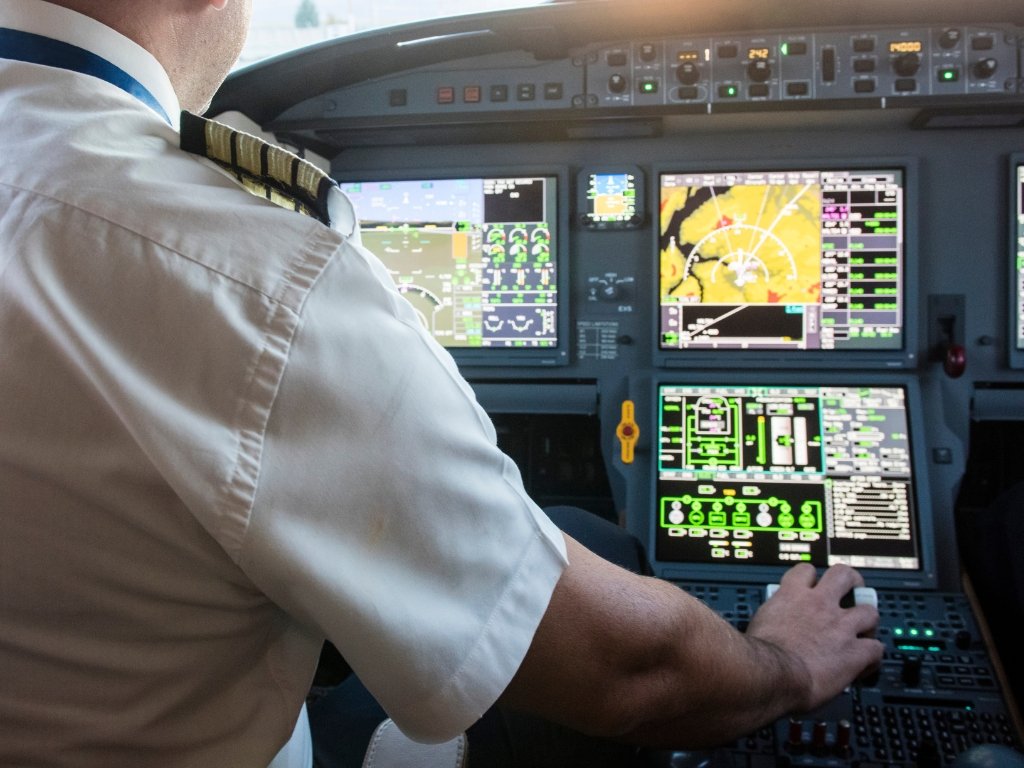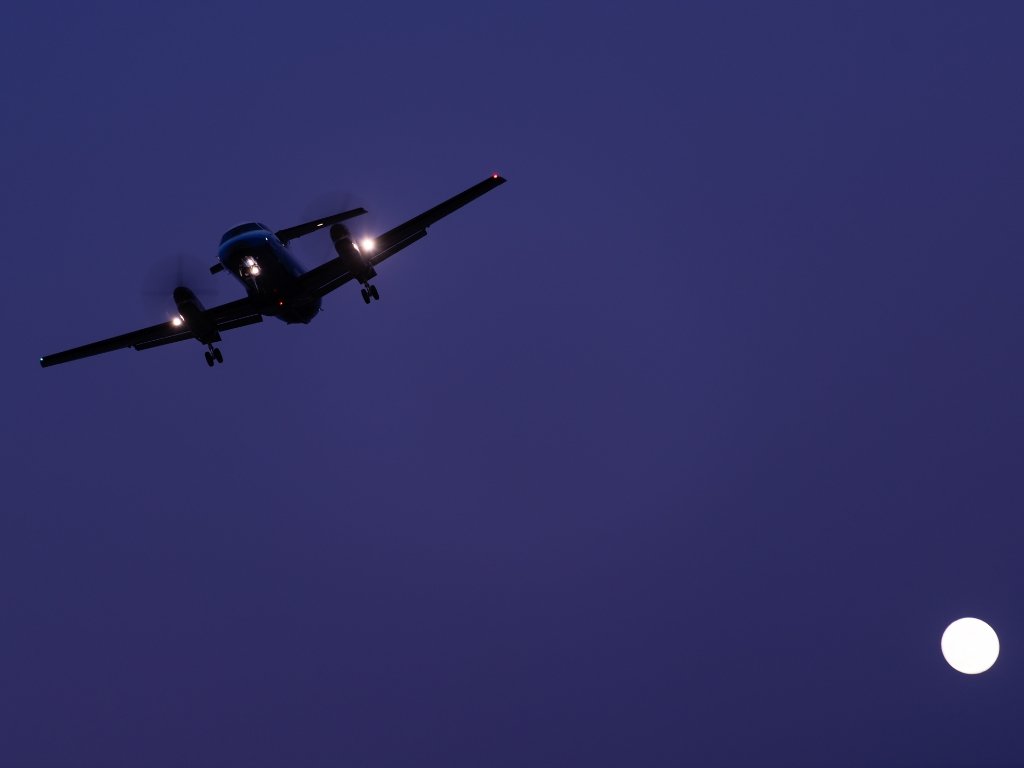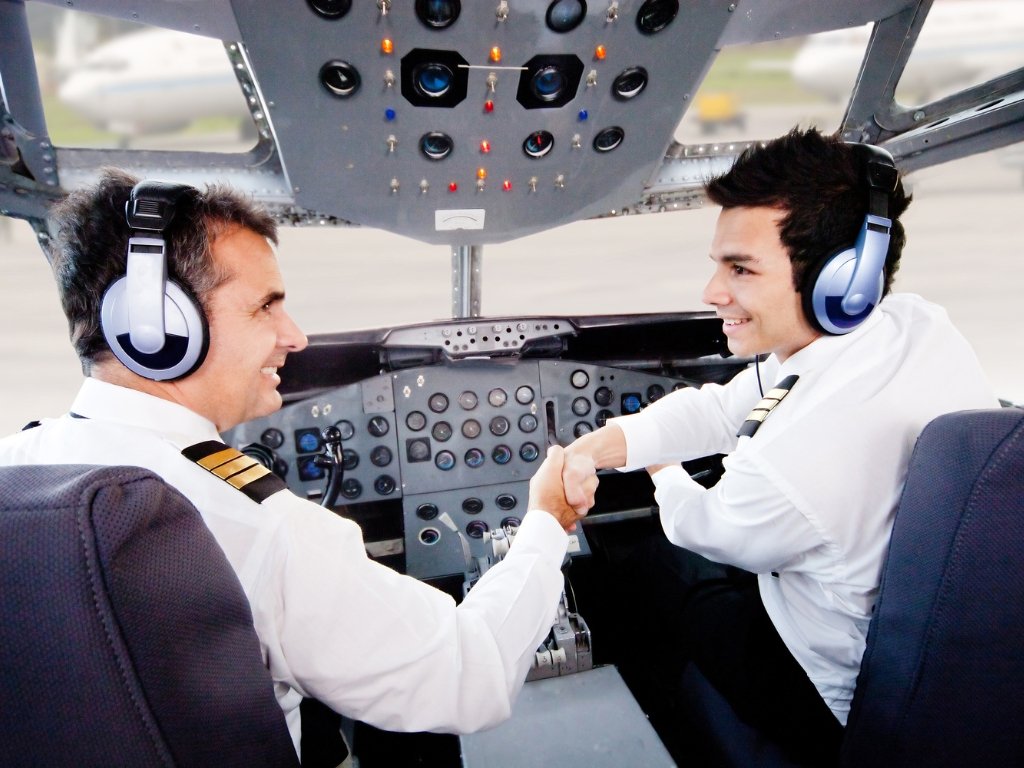FAQ
What are the eligibility criteria for pilot training in India?
The eligibility criteria for pilot training in India may vary slightly between different training institutes, but generally, the following requirements apply:
- Age: The minimum age to apply for pilot training is 18 years, while the maximum age limit is around 30-35 years, depending on the type of license.
- Educational Qualification: Applicants must have completed their 10+2 education (or equivalent) with a science stream. A certain minimum percentage in physics, mathematics, and English may be required.
- Medical Fitness: Candidates need to meet the medical fitness requirements specified by the Directorate General of Civil Aviation (DGCA) in India. This involves clearing a medical examination conducted by a DGCA-approved medical examiner.
What is the cost of pilot training in India?
The cost of pilot training in India can vary depending on several factors, such as the type of license you aim to obtain (Private Pilot License or Commercial Pilot License), the training institute you choose, the aircraft used for training, and additional costs like accommodation and exams.
Generally, the cost for a Private Pilot License (PPL) training is around INR 30 lakhs. For a Commercial Pilot License (CPL) training program, the cost can range from INR 40-70 lakhs. These figures are approximate and subject to change, so it’s advisable to contact training institutes directly for the most accurate information.
Are there any height or weight restrictions for aspiring pilots in India?
In India, there are no specific height or weight restrictions for aspiring pilots. However, certain aircraft types may have limitations based on the cockpit design and seat adjustments. It is advisable to check with individual airlines or training institutes regarding any specific requirements or limitations they may have.
What are the career prospects for pilots in India?
The career prospects for pilots in India are promising. The aviation industry in India has been growing rapidly, leading to an increased demand for qualified pilots. Opportunities exist in both domestic and international airlines, as well as cargo and charter operations. Many airlines offer attractive salary packages, benefits, and career progression opportunities.
It’s important to note that the aviation industry is dynamic, and factors like market conditions, economic fluctuations, and regulatory changes can impact career prospects. However, with proper training, experience, and skills, aspiring pilots can find rewarding careers in India’s aviation sector.
What is the duration of pilot training in India?
The duration of pilot training in India depends on the type of license and the training program you choose. Generally, the duration can range from 12 to 24 months.
- For a Private Pilot License (PPL), the training duration can be around 6-8 months, including ground school, flight training, and solo flying hours.
- For a Commercial Pilot License (CPL), the training duration is longer, typically ranging from 12 to 18 months. This includes ground school, flight training, instrument rating, multi-engine rating, and additional requirements mandated by the DGCA.
It’s important to note that these timeframes are approximate, and individual progress may vary based on factors like weather conditions, personal aptitude, and training schedules.
Is there any financial assistance or scholarships available for pilot training in India?
Yes, there are some financial assistance options and scholarships available for pilot training in India. Various organizations, aviation academies, and airlines offer scholarships or sponsorship programs to deserving candidates. These programs may cover a portion or the entirety of the training costs.
Additionally, some financial institutions provide education loans specifically for aviation courses. It’s advisable to research and reach out to relevant organizations and institutes for information about scholarship opportunities and financial aid.
Please note that the availability of scholarships and financial assistance can vary, and each program may have specific eligibility criteria and application processes.
Can I pursue pilot training while working or studying?
Pursuing pilot training while working or studying can be challenging due to the rigorous training requirements and time commitments. Flight training demands focus, dedication, and a significant time commitment.
However, some flight schools and academies may offer flexible training schedules or part-time training options, which can be suitable for individuals who want to balance training with other commitments. It’s essential to discuss your specific situation with the training institute to explore available options.
Keep in mind that flight training is an intensive process, and you should evaluate your ability to manage the demands of both training and other responsibilities before making a decision
Who can apply for pilot training in India?
To apply for pilot training in India, you must meet the following eligibility criteria:
- Minimum age of 18 years for a Student Pilot License (SPL).
- Minimum age of 18 years for a Private Pilot License (PPL).
- Minimum age of 18 years for a Commercial Pilot License (CPL).
- Minimum educational qualification of 10+2 or equivalent for CPL.
What are the different types of pilot licenses in India?
India offers three main types of pilot licenses:
- Student Pilot License (SPL): Allows you to fly under the supervision of an authorised flight instructor.
- Private Pilot License (PPL): Enables you to fly privately for non-commercial purposes.
- Commercial Pilot License (CPL): Authorises you to fly aircraft for commercial purposes and receive remuneration as a pilot.
What is the general process for obtaining a pilot license in India?
The process typically involves the following steps:
- Obtain a Class II Medical Certificate from a designated medical examiner.
- Enroll in a DGCA-approved Flying Training Organization (FTO) for theoretical and practical training.
- Complete the required flying hours and pass the necessary examinations.
- Apply for the respective pilot license with the Directorate General of Civil Aviation (DGCA).
Is there a maximum age limit for becoming a pilot in India?
There is no upper age limit for obtaining a Student Pilot License or a Private Pilot License in India. However, for a Commercial Pilot License, the maximum age limit is 65 years.
Can international students apply for pilot training in India?
Yes, international students can apply for pilot training in India. They must meet the eligibility criteria set by the DGCA and obtain the necessary visas and permissions to undergo training in the country.


